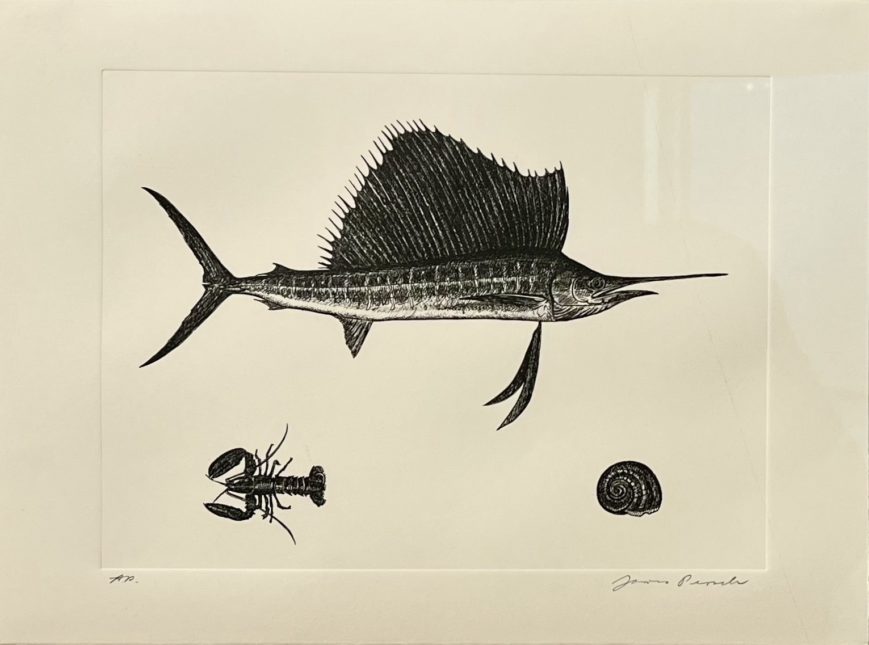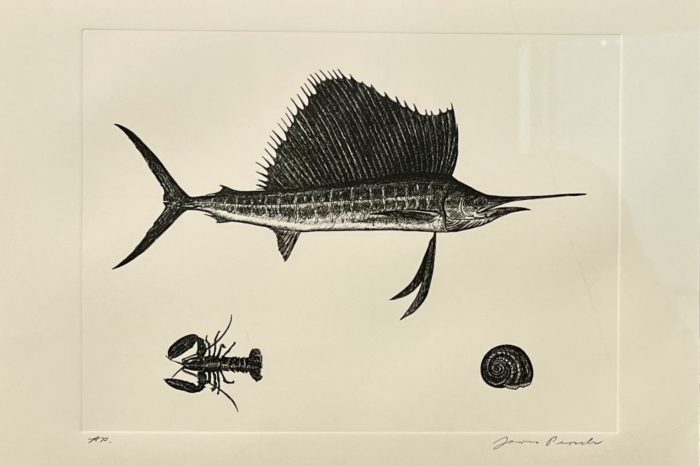Often described as a contemporary Audubon, James Prosek (American, born 1975, lives and works in Easton, Connecticut) interprets and depicts the natural world through the lens of his personal experiences.
Self-taught artist, natural historian, writer, world traveler, and adventurer, Prosek has observed wildlife in a diverse variety of habitats, including Turkey, Micronesia, Zimbabwe, the Bahamas, the Eastern Seaboard, and the American West.
EDUCATION:
1997 Yale University
SELECT EXHIBITIONS:
2019
A Wildness Distant from Ourselves: Art and Ecology in 19th-Century America, Addison Gallery of American Art, Andover, MA
To See the Forest and the Trees, Asia Society Hong Kong Center, Admiralty, Hong Kong
Yellowstone: Invisible Boundaries, Natural History Museum of Utah, SLC, UT
Fragile Earth: The Naturalist Impulse in Contemporary Art, Florence Griswold Museum, Old Lyme, CT
Artists Need to Create on the Same Scale that Society Has the Capacity to Destroy: Mare Nostrum, Biennale Arte 2019, 58th International Art Exhibition
James Prosek: Contra Naturam/Against Nature, Lowe Art Museum, Coral Gables, FL
SELECT COLLECTIONS:
Academy of Natural Sciences, Philadelphia, PA
Art in Embassies/US Department of State/US Embassy, Abuja, Nigeria
Art in Embassies/US Department of State/US Embassy, Kabul, Afghanistan
Buffalo Bill Center of the West, Cody, WY
Hammond Museum of Japanese Art, North Salem, NY
Museum of Fine Arts, Houston, TX
The National Museum of Wildlife Art, Jackson, Wyoming
New Britain Museum of American Art, New Britain, CT
North Carolina Museum of Art, Raleigh, NC
Norton Museum of Art, West Palm Beach, Florida
Philadelphia Museum of Art, Philadelphia, PA
Smithsonian American Art Museum, Washington, D.C.
Virginia Museum of Fine Arts, Richmond, VA
Prosek says art and science are both about observation of the world around us, and that creating art is a way to help you really see something and also remember it. He views the scientific system of classification as our way of trying to make sense of the natural world.
Naming a thing is a way to try to control it—whereas he sees nature as constantly morphing and changing, eluding naming, classification, order, and control, and he tries to present that sense of fluidity in his art. In his words: “Naming is a necessary act in communicating about the natural world, and an essential part of being human, but it also has great limitations in expressing the real nature of reality—which Darwin exposed to us with his accounts of the everevolving origins of species. Ours is a fluid, continuous, chaotic, and ever-changing world.”
His paintings, drawings, and sculptures explore the human need to classify and categorize nature as a way to understand it. At once startlingly realistic and skillfully manipulated, his meticulous renderings of birds, fish, and mammals move beyond illustration into artistically interpreted portraits that capture the essence and personalities of his subjects and often provide provocative commentary on current environmental issues.

